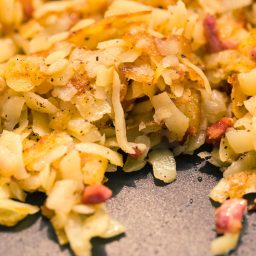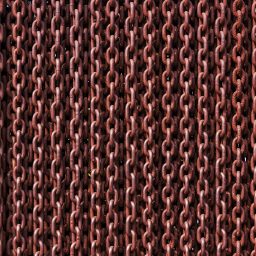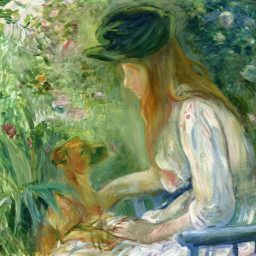Functional Programming With Slices
This post will explore the programming paradigm known as functional programming and discuss what restrictions it places on programmers, as well as how it helps in the process of developing and structuring code. We will then go through some practical examples of functional-style code written in Go, specifically looking at how generic functions can be […]






